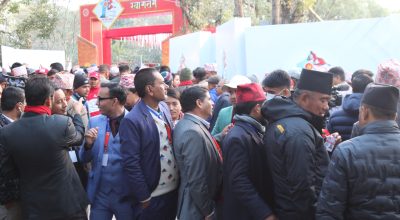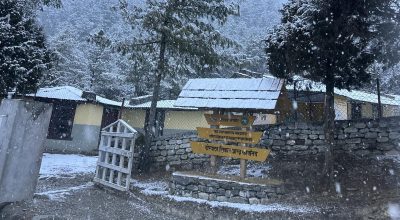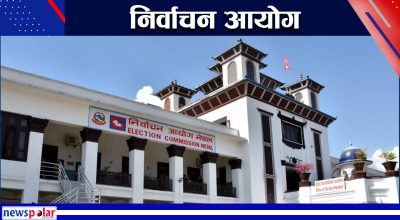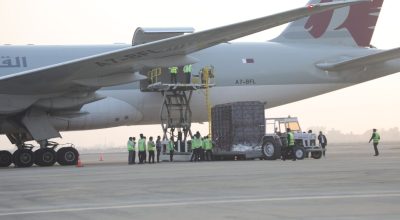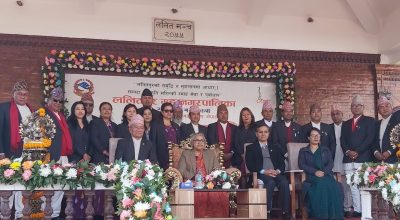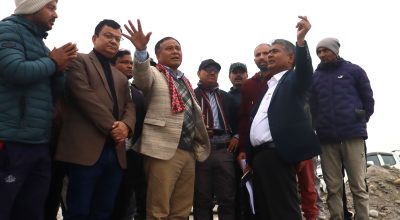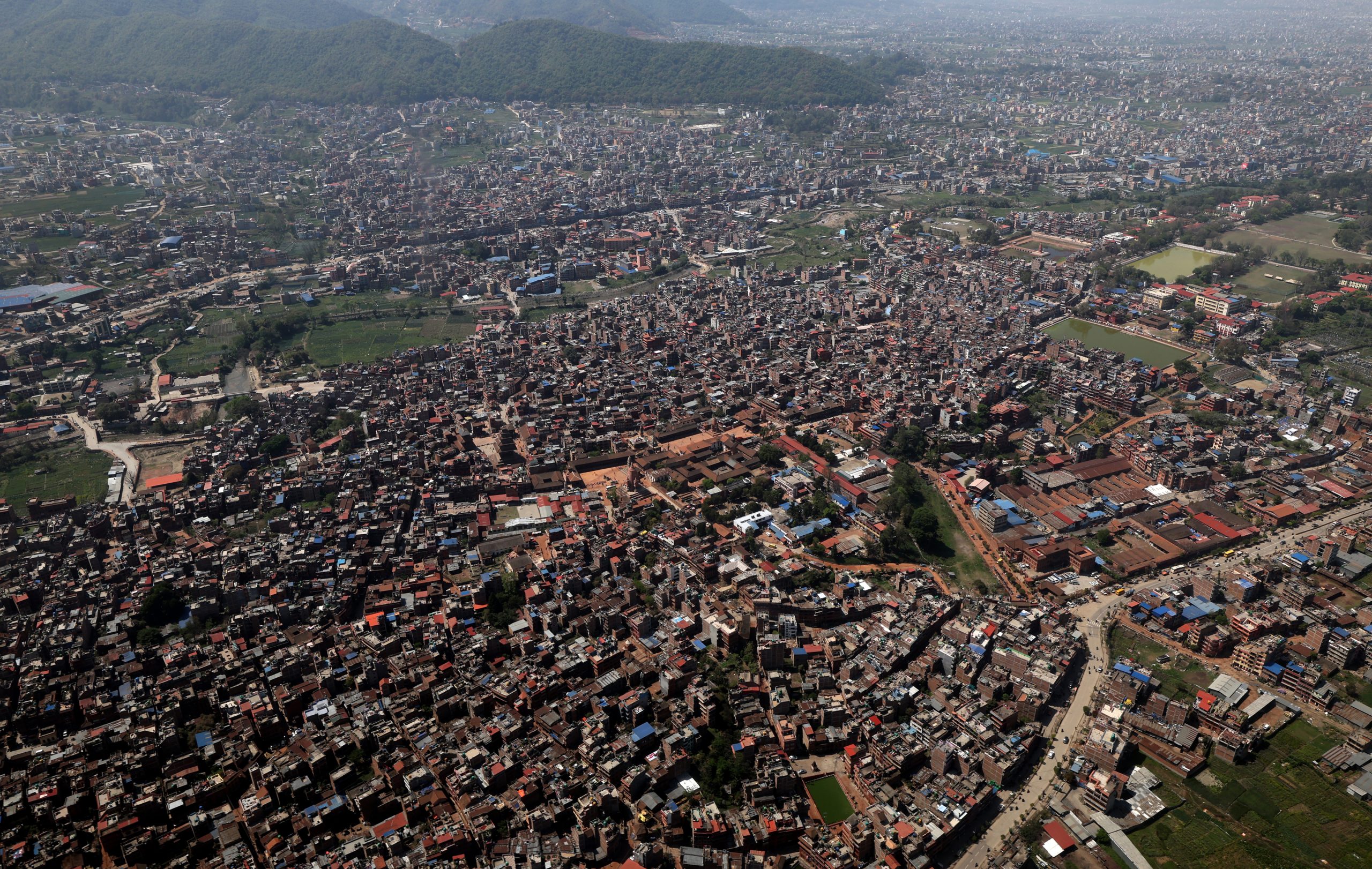
Kathmandu, Jan 2: The urban population has significantly increased by around five per cent in the last decade due to migration.
A report on Degree of Urbanization in Nepal released by National Statistics Office here today on the occasion of Statistics Day shows that the urban population has increased to 27.07 per cent from 22.31 per cent between 2011 and 2021.
Similarly, the peri-urban population has increased from 39.19 per cent to 39.75 per cent. The report launched by Chief Secretary Dr Baikuntha Aryal mentioned that the rural population has decreased from 38.5 per cent to 33.19 per cent in the last 10 years.
“Majority of the population still resides in peri-urban areas that are regarded as ‘urban’, while in character are urbanizing. Yet, the rural population is still one third, while based on the trend, the migration from rural areas to peri and urban areas provides an insight of pressure on the urban areas to accommodate and for the rural areas to retain the population,” said Spokesperson of the Office, Dr Hem Raj Regmi.
According to the Census 2021, the population of urban municipalities is 66.17 per cent and that of the rural municipalities is 33.83 per cent.
According to the Office, this implies that Nepal has 66.17% urban areas, while does not provide further categorization into urbanizing or peri-urban municipalities.
The report was prepared in this context that it has become necessary to study and contextualize the international practices to re-define the level of urbanization of these municipalities.
Further, based on the distribution of 3-Category classification in the ecological region, the rural population is concentrated in the Hill (66%) and Mountain regions (16%).
Peri-urban population is concentrated in the Tarai region (85%) and urban population is concentrated in the Hill region (53%), which is skewed due to Pokhara Metropolitan and Kathmandu valley, followed by the Tarai region (39%), reads the report.
There are 753 local levels in the country. Among them, 293 are urban municipalities (including metropolitan and sub-metropolitan cities) and 460 are rural municipalities.
On the occasion, Chief Secretary Dr Aryal stressed that the concerned offices of three-tier governments should pay attention to make policy and programmes based on statistics and evidences. He mentioned that the government has been doing homework to bring regulations with restructuring of statistics office.
Expecting human resources of the office would not decrease, Chief Statistics Officer at the National Statistics Office, Toyam Ray, shared that activities related to statistics should be done at coordination of three-level as per the sentiments of federalism. He added his office would play the central role for the same.
Meanwhile, former Director General of the then Central Bureau of Statistics Dr Nizamuddhin Subhani was honoured while Director of the Office, Badri Bahadur Karki was awarded with this year’s best employee on the occasion.





